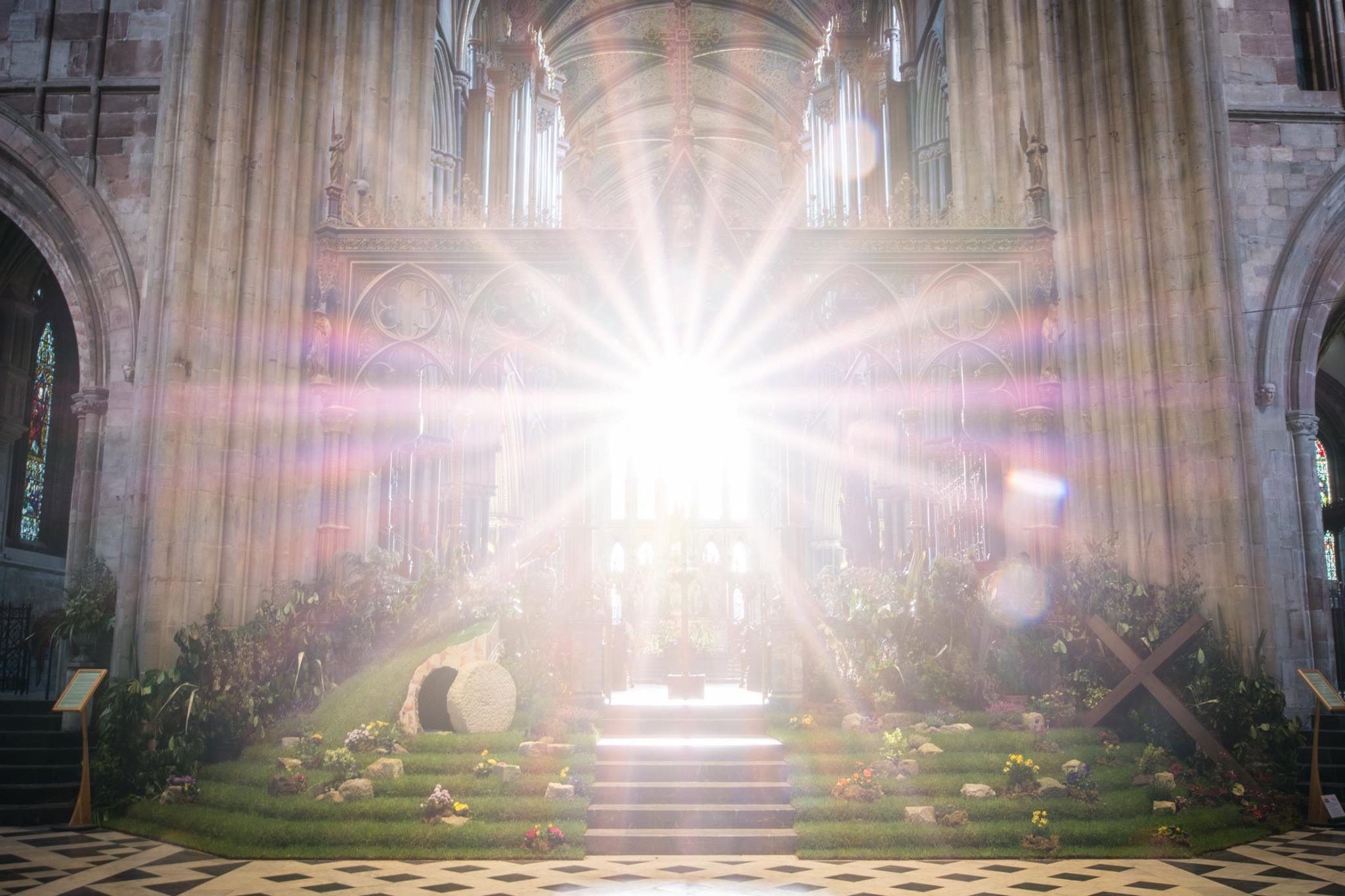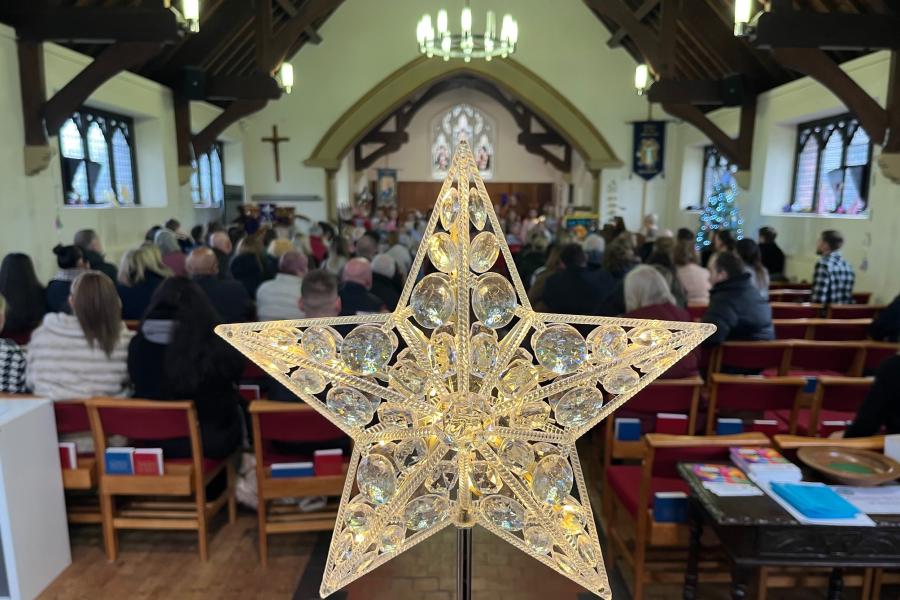
By Tallie Proud, Church of England, Digital Communications Officer
Here are a few things to think about when taking photos:
Invest in a tripod
- To keep photos sharp in lower light, use a tripod to keep the camera steady
- The tripod can also give access to new angles such as over an edge and up in the air Theres a little bit of trial and error involved. but it can create some interesting results.
Make the most of external sources of light
- Wherever possible, take photos outside to make the most of the natural light
- If the photos must be taken inside, use the natural light coming in through the windows
- Make use of well-lit areas inside avoid using the flash as it can make things look stark with harsh shadows.
Pick your background carefully
- Be intentional about what appears in the background of your photos
- Avoid backdrops that look unattractive or distracting (bins, radiators, fire extinguishers, for example)
- Make the most of the architectural features your church has to offer.
Dont be afraid to get in closer
- Taking photos from the back of church is easy and unobtrusive, but youre too far away from whats happening at the front of church to capture detail. Be part of the action and get in as close as possible
- If you have a digital SLR camera, invest in a longer lens that will let you zoom in even closer
- Communicate with your vicar and leadership team about what points in the service theyre happy for you to get closer and where is best for you to be without distracting them (this can be an ongoing conversation depending on the type of service, who will be there etc).
Try different angles
- Taking photos straight on is easy and foolproof, but try and be adventurous. For example, standing on a chair/pew to get a high angle shot looking down or lie down on the floor and shoot upwards
- Shoot through items, use doors and windows as frames, come up with unusual views that catch the viewers eye and makes the photos stand out from the crowd
Candid/posed
- Be ready to take candid photos at events, keep your camera switched on and finger on the button. Some of the best photos are candid as they look more natural
- Think about how you are posing people when photographing them, try arranging them in something other than a line or a huddle. For example, have them sit together on some steps or in a group in a few rows of pews
- Remember, youre taking the photo so you are in charge. You tell people how you want them to be posed.
Composition/subject
- Be purposeful in choosing your composition and what will appear in the frame
- Think about what the content of the image may communicate to someone viewing the photo
- Plan ahead and scout locations for photo taking. Think about what photos you need to take to convey the right message
- Choose events/moments to photograph that include plenty of people, action and emotion.
Posting to social media
- Edit the collection of photos down to a small selection of the best before posting on social media. People wont have the time to look through lots of photos. Cut photos that look similar, are blurry or dont help tell the story. Photos of people will always be more engaging
- Try and give all the photos you post to Facebook a description to help tell the story
- Make the most out of Twitters multiple image feature you can post up to four photos at a time in a tweet
- Play around with Instagrams filters, they can make you look like a professional photographer with little effort.
Safeguarding
- It is vital to always check permissions when publishing pictures of children, this maybe done through the Church or affiliated group or direct with parents.
- Never publish a picture if there is any doubt about obtaining such permission.
Using other peoples photos
- If someone has given you photos to use on your website or on social media, check if they would like credit for the photos
- Dont take images from Google as you dont know where they have come from or what permissions there are on the photo. The person who owns the photo would have the right to sue you if you are using it incorrectly.
Creative Commons
There are different types of permissions granted by the owners of photos. Here are some of the permissions you need to look out for when using images that arent your own. Visit www.creativecommons.org to read more.
Attribution (BY) - Licensees may copy, distribute, display and perform the work and make derivative works and remixes based on it only if they give image owner credits.
Non-commercial (NC) - Licensees may copy, distribute, display, and perform the work and make derivative works and remixes based on it only for non-commercial purposes.
Public Domain (CC0) - Content that has been placed in the public domain for anyone to use, distribute and edit without any need for credit. Public domain images are really useful because no one needs crediting.
Here is a selection of high quality public domain images sites you can use:
Editing photos and creating easy graphics
You dont need expensive editing software to edit photos or create social media graphics. There are some great online tools.
Pixlr: www.pixlr.com
Perfect for quick photo editing, improving the brightness/contrast and theres also an app version so you can edit on the go.
Canva: www.canva.com
Make high quality graphics for social media and more on Canva. They give you easy to follow templates, icons and fonts to easily make something that will catch peoples attention. Read our blog on Canva to find out more.

